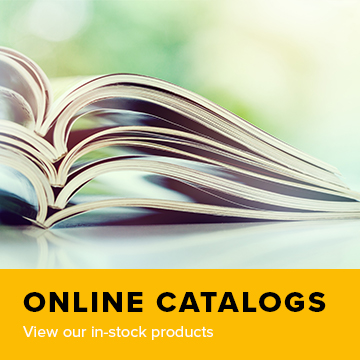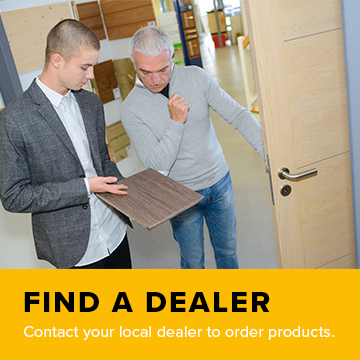When pre-hanging a door, there are some doors that are considered handed. This means depending on how they are oriented, their special features may be visible or useful. When ordering a handed door, it is important to specify if the specialty side is on the hinge side or the stop side.
Interior Stop
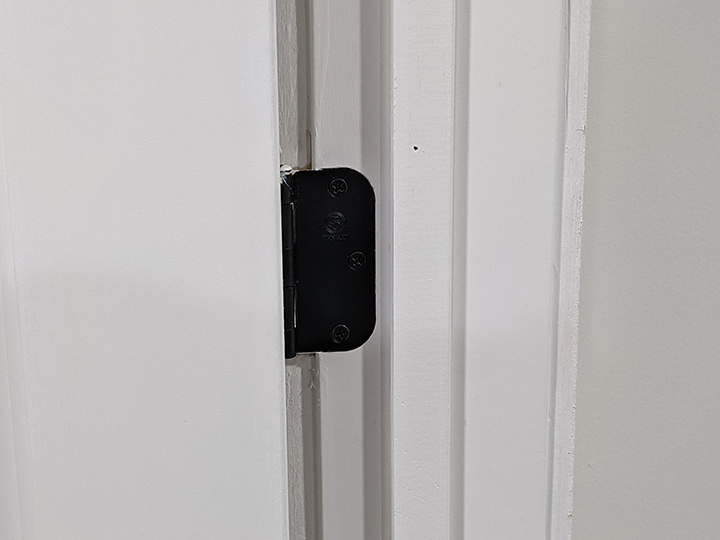
Interior Jamb with Hinge and Stop attached
The term stop side comes from interior flat jambs that require a piece of material to stop the door from swinging too far and pulling on the hinges. The stop material is applied on the opposite side of the hinge. Not all jambs use a separate piece of material. Some jambs have a built in stop, but the same concept applies.
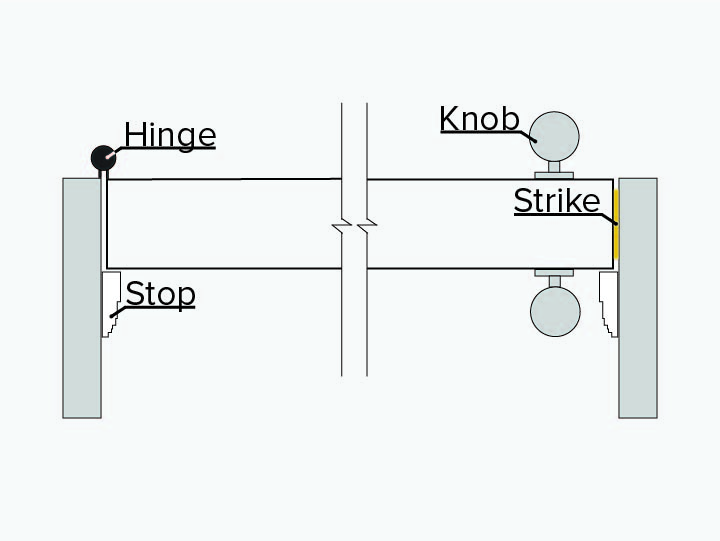
Hinge vs Stop Side
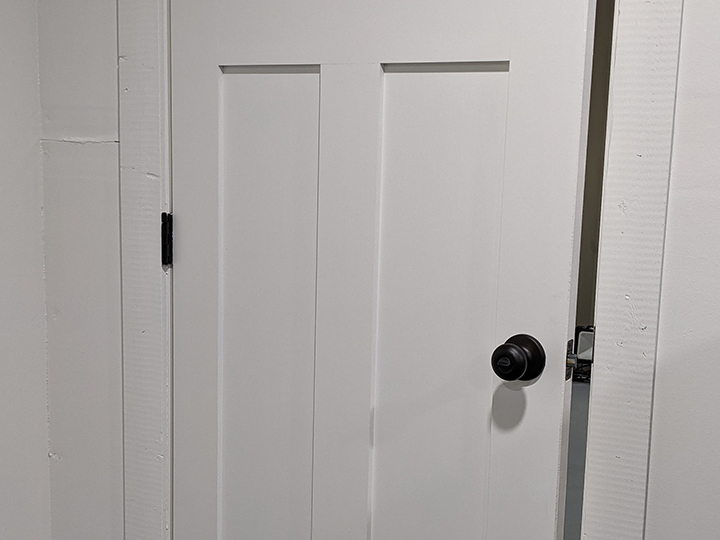
View from Hinge Side showing Strike Side of Door
The side with the hinge is the Hinge Side while the side with the stop is the Stop Side. It is a good time to also mention another term that is often mentioned when it comes to units. The strike side references the side with the door knob. It is called the Strike Side due to the strike that is installed on the jamb into which the latch sits.
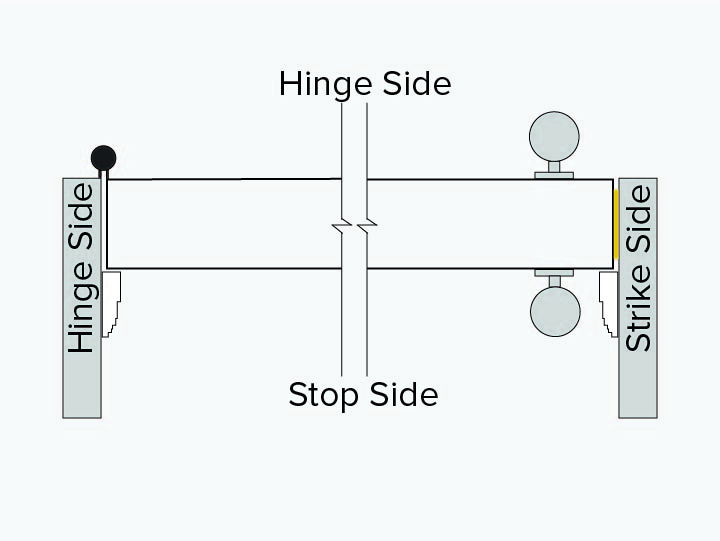

Hinge Side of an Interior Door Unit
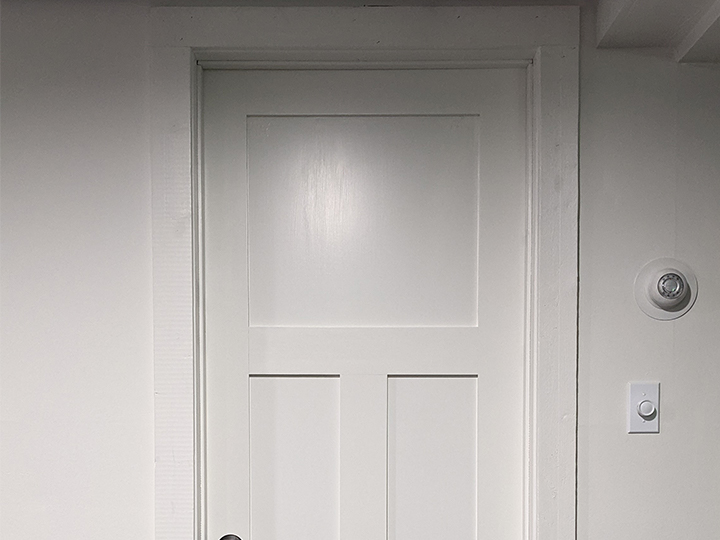
Stop Side of an Interior Door Unit
Example
A great example of a handed door is a louver door. The orientation of the door is associated with the blind side – or the side in which you cannot see into the next room or space.
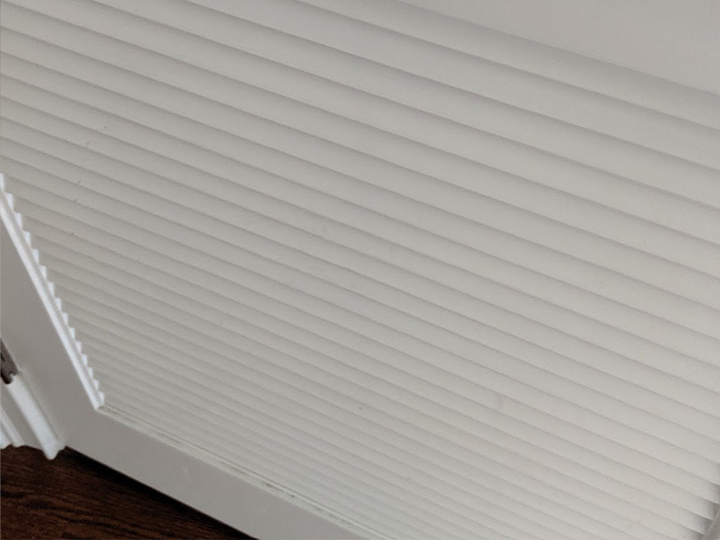
Louvers Run Down
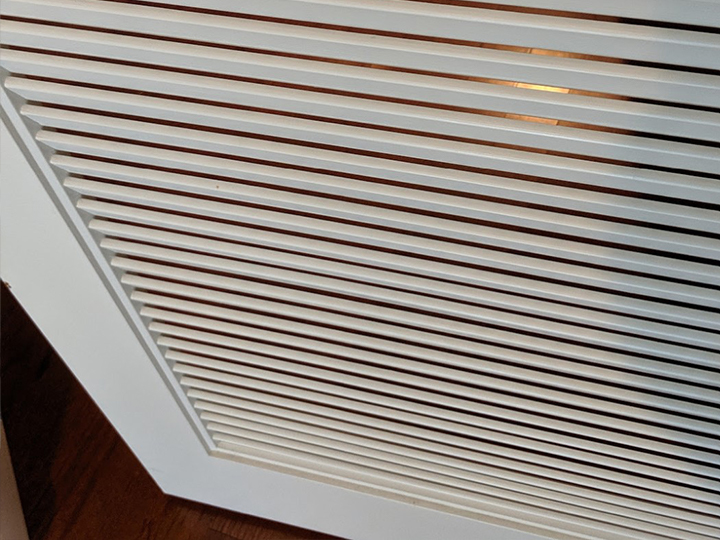
Louvers Run Up
Swing
In addition to noting how the specialty door should be oriented, you will need to identify if the door will have a left or right hand swing. The stop or hinge side have no impact on which way the door needs to swing.

Left Hand Swing
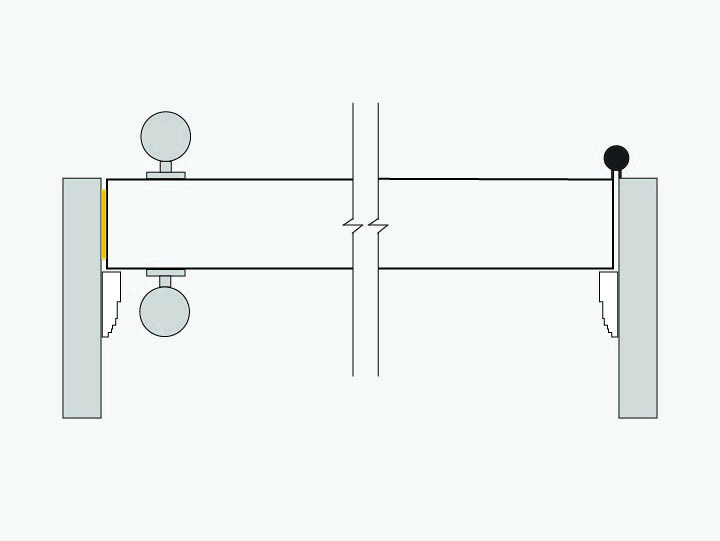
Right Hand Swing
